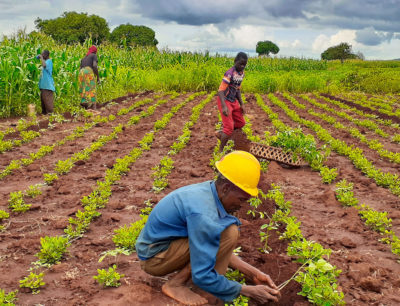Counting the costs, delivering the benefits, restoring the land
Like most people, small-scale farmers respond to markets that offer the best price and typically follow the practices th

Like most people, small-scale farmers respond to markets that offer the best price and typically follow the practices th
With a determined staff and deep convictions, COMACO is now launching a new business model that links our farmers direct
"The soil is dead," was his reply. "No nutrients. Fertilizers are too expensive for a poor farmer like me and without it
Comments
Well done with the new-look newsletter. Definitely much easier on the eye and easier to navigate. Your articles are always very inspirational and deserve more exposure to a larger audience. You might want to put the newsletter on other platforms as well.